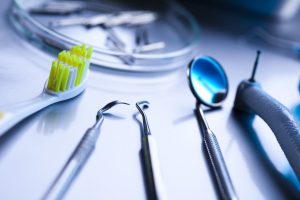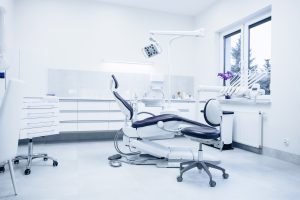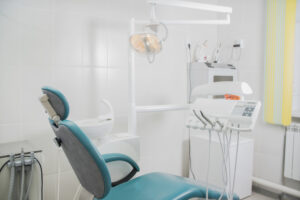As part of the healthcare community, dental practices have a responsibility to take the necessary enhanced precautions to protect their patients, staff, and the public during this time. Today, the Ohio State Dental Board and the Ohio Dental Association issued an advisory containing guidelines to modify dental practice operations in order to lessen and prevent the transmission of Coronavirus during this outbreak. Based upon discussions with Governor Mike DeWine, the Board and the ODA are asking all dental practices in Ohio to postpone the following procedures:
- Any cosmetic or aesthetic procedures, such as veneers, teeth bleaching, or cosmetic bonding;
- All routine hygiene appointments;
- Any orthodontic procedures not including those that relieve pain and infection or restore oral function or are trauma-related;
- Initiation of any crowns, bridges, or dentures that do not address or prevent pain or restore normal oral functioning;
- Any periodontal plastic surgery;
- Extractions of asymptomatic non-carious teeth;
- Recall visits for periodontally healthy patients; and
- Delay all appointments for high risk patients, including ASA 2 and 3 patients, unless it is an emergency.
Additionally, when it becomes necessary to see and treat a patient, the Board has provided several suggestions for best practices to implement within your dental practice:
- Use cell phone triage – use the cell phone to take a picture of the area and text to the dentist;
- Have a detailed questionnaire/conversation before scheduling appointments and prior to any procedure about flu like symptoms, travel abroad for self and family/friends/co-workers etc. to permit a thorough evaluation of the patient;
- Consider taking the temperature of the patient at the outset;
- Reconsider scheduling high risk patients unless they need emergency treatment;
- Careful evaluation of the need for scheduling of ASA 2 & 3 patients;
- Use of 1% hydrogen peroxide rinse prior to examination of the oral cavity by the patient to reduce microbial load;
- Use of rubber dam isolation & high volume suction to limit aerosol in treatment procedures; and
- Proper disinfection protocol between patients with a possible repeat of the protocol for a 2nd time.
To prevent over-crowding of waiting areas or the possible spread of infection:
- Consider having patients wait in their cars instead of the waiting areas to prevent inadvertent spread of the virus (call patient when surgical area is ready for treatment);
- Consider staggering appointment times to reduce waiting room exposure;
- Consider rescheduling elective procedures on ASA 2 & 3 patients;
- Have front desk staff take measures to prevent exposure;
- Have sterilization staff, lab technicians and auxiliary staff take adequate measures to prevent exposure;
- Limit access to waiting room use to only patients. Accompanying individuals have to wait in their respective transportation; and
- Remove all magazines/toys etc from waiting area to prevent contamination.
See the full Board Advisory here.
If you would like tailored guidance on a specific procedure, or have any questions, please contact Vince Nardone at vnardone@walterhav.com, or Kari Heinze at kheinze@walterhav.com.

 Vince Nardone Discusses Employment Contracts with Ohio State Dental Students
Vince Nardone Discusses Employment Contracts with Ohio State Dental Students  Navigating the 2024 Landscape: Strategies and Considerations for Dental Support Organizations (DSOs)
Navigating the 2024 Landscape: Strategies and Considerations for Dental Support Organizations (DSOs)  Sellers of Dental Practices to DSOs need to have a Buyer’s Mentality Requiring Selectivity and a Well-Thought-Out, Decision-Making Process
Sellers of Dental Practices to DSOs need to have a Buyer’s Mentality Requiring Selectivity and a Well-Thought-Out, Decision-Making Process  Increasing Profitability by Minimizing Disruptions within Your Dental Practice
Increasing Profitability by Minimizing Disruptions within Your Dental Practice  As a Dentist, What Are My Obligations Related to Out-of-State Patients and Potential Prescription Drug Abuse?
As a Dentist, What Are My Obligations Related to Out-of-State Patients and Potential Prescription Drug Abuse?